
デジタル・メディアの理解
Understanding Digital Media: an
Outbreak of Like! war in Social Media
こういう発想はどうでしょうか?テキストの仕上がりのすばらしさは、古い紙のメディアの特性を 引き継いでいるからこそpdfは多用される。マクルーハン的にいうと、我々はpdfを自 由に使っているのではなく、pdfというシステムに自分たちの情報様式が使われて いると。僕だったら授業で学生にそのように提案してから、実際の様態をたしかめてみようと学生に促す。この議論の問題は、俺たちがpdfを使い込んでいる というメディア理解への信念がもたらす傲慢さだと思います。
新しいメディアの普及が人々の意識を変容したという
ことを、指摘することはたやすい
が、論証することはきわめて困難である。また、それ以前に、そのような問題提起の前提つまり、新しいメディアの普及が人間の認知に影響を与え、それが総体
としての人間の意識を変化させたという設問が、なぜ学問上の問題になり、それが真面目に議論されるようになったかということが、時代や社会の文脈から理解
される必要があるようだ(→「社会意識の審級としてのメディア」)。
ラリッサ・フジョルスとサム・ヒントン (Larissa Hjorth and Sam Hinton)『ソーシャル・メディアの理解(第2版)』セージ、2019年と、P・W・シンガー『いいね戦争(The Weaponizing of Social Media)』ハルクート、2018年を対位法的に読む!
| Understanding social media / Sam Hinton and Larissa Hjorth, Sage , 2019. | Likewar : the weaponization of social media / P.W. Singer and Emerson T. Brooking, Harcourt , 2018 | 闇ネットの住人たち |
| 1 Introduction Key debates Chapter summaries Part 1 Histories and Contexts 2 Approaches to Social Media 3 Histories of Social Media Part2 Economies and Applification 4 Datafication & Algorithmic Cultures 5 Mobile Applification 6 Geolocation & Social Media Part3 Cultures 7 Social Media Visualities 8 Mobile Media Art: The Art of the Social 9 Museums & New Visualities Part4 Practices 10 Paralinguistics 11 Social Media & Mixed Reality 12 Social Media & Death 13 Conclusion |
1 . The War
Begins: An Introduction to LikeWar/ 2. Every Wire a Nerve: How the Internet Changed the World / 3. The Truth Is Out There: Social Media and the End of Secrets 4. The Empires Strike Back: Censorship, Disinformationa, and the Burial of Truth 5. The Unreality Machine: The Business of Veracity vs. Virality 6. Win the Net, Win the Day: The New Wars for Attention ... and Power 7. LikeWar: The Conflicts That Drive the Web and the World 8. Masters of the Universe: The New Rules and Rulers of Like War 9. Conclusion: What Do We Knol0 What Can We Do? ++++++ 1 開戦—「いいね!」戦争とは何か 2 張りめぐらされる「神経」—インターネットはいかに世界を変えたか 3 いまや「真実」はない—ソーシャルメディアと秘密の終わり 4 帝国の逆襲—検閲、偽情報、葬り去られる真実 5 マシンの「声」—真実の報道とバイラルの闘い 6 ネットを制する者が世界を制す—注目と権力を求める新たな戦争 7 「いいね!」戦争—紛争がウェブと世界を動かす 8 宇宙を統べる者—「いいね!」戦争のルールと支配者たち 9 結論—私たちは何を知っているか、何ができるか |
序章 自由か死か 第1章 荒らしの素顔を暴く 第2章 一匹狼 第3章 「ゴールト峡谷」へ 第4章 3クリック 第5章 オン・ザ・ロード 第6章 ライト!ウェブカメラ!アクション! 第7章 ウェルテル効果 終章 ゾルタン対ゼルザン |
| Hjorth_Hinton_Understand_Soci_med2019.pdf |
01Singer_Brooking_likewar_2018.pdf 02Singer_Brooking_likewar_2018.pdf (日本語) |
The dark net : inside the digital
underworld / Jamie Bartlett, William Heinemann , 2014/
闇 (ダーク) ネットの住人たち : デジタル裏社会の内幕 / ジェイミー・バートレット著 ; 星水裕訳, CCCメディアハウス
, 2015 |
メディア・ソーシャルデザイン(協働術A)2019-2021、 での教材で取り上げた。
| 用語 |
エッセイ(ページは
Understanding social media, 2019より) |
文献 |
| social |
社会なるもの(→「社会」) Society, Association with one's fellow men, esp. in a friendly or intimate manner; companionship or fellowship. Also rarely of animals (quot. 1774). →「ソーシャル・ネット ワーク(映画)から入る情報倫理入門」 →「社会構造」 |
Mark Deuze, 2012 Jose van Dijck, 2007 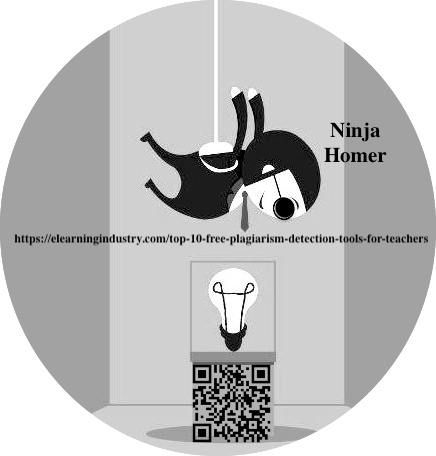 |
| media |
メディア ※グラサンをかけたソクラテスは、なんとなくスラヴォイ・ジジェクと似 ている。 |
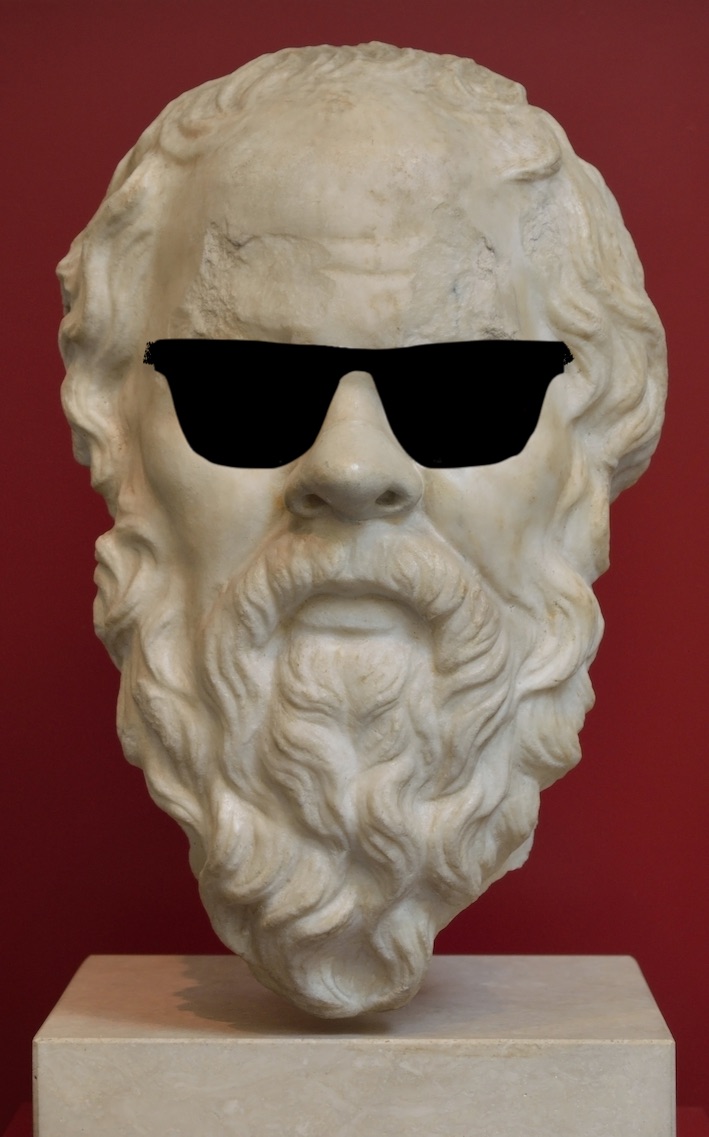 |
| sharing and
filtering |
シェアすること/フィルターすること File sharing is the practice of distributing or providing access to digitally stored information, such as computer programs, multi-media (audio, video), documents, or electronic books. It may be implemented through a variety of ways. Storage, transmission, and distribution models are common methods of file sharing incorporate manual sharing using removable media, centralized computer file server installations on computer networks, World Wide Web-based hyperlinked documents, and the use of distributed peer-to-peer networking (see peer-to-peer file sharing).Sharing is a key feature in the developing field of free software and open source software, with implications for economics. This is leading to a need to review licensing, patents and copyright, and to controversy in these areas, as well as new approaches like Creative Commons and the GPL. In signal processing, a filter is a device or process that removes some unwanted components or features from a signal. Filtering is a class of signal processing, the defining feature of filters being the complete or partial suppression of some aspect of the signal. Most often, this means removing some frequencies or frequency bands. However, filters do not exclusively act in the frequency domain; especially in the field of image processing many other targets for filtering exist. Correlations can be removed for certain frequency components and not for others without having to act in the frequency domain. Filters are widely used in electronics and telecommunication, in radio, television, audio recording, radar, control systems, music synthesis, image processing, and computer graphics. |
 |
| avatar |
アバター An avatar (Sanskrit: अवतार, IAST: avatāra), a concept in Hinduism that means "descent", is the material appearance or incarnation of a deity on earth.[1][2] The relative verb to "alight, to make one's appearance" is sometimes used to refer to any guru or revered human being.[3][4] |
|
| programmability |
プログラム可能 |
Dijck and Poell, 2013 |
| popularity |
人気 |
 |
| connectivity |
接続可能、コネクティビティ |
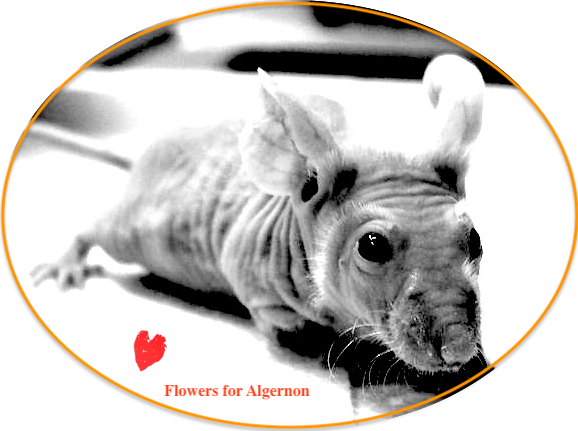 |
| datafication |
データ化 |
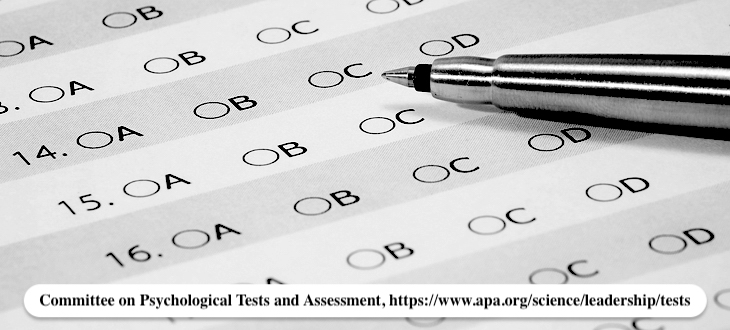 |
| effective publics |
影響ある公衆 p.183, |
Zizi Papacharissi, 2014 |
| Wang Fuman, 2018 |
He is known on the
internet as ‘Ice
Boy’, but Wang Fuman says he just wants to be treated as a normal
boy and dreams of being a police officer... |
p.4 |
| Instagrammable |
インスタグラム的 |
 |
| pokemon GO |
ポケモンゴー |
 |
| AR |
強化現実 Augmented reality |
 |
| VR |
仮想現実 Virtual reality |
 |
| AI |
人工知能 |
 |
| 'more-than-human' |
「人間以上」→シンギュラリティ |
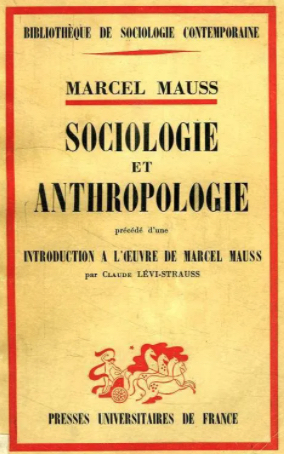 |
| life and death |
生と死 death, grief (p.180), funeral, users who were passed sway, death notice on screen |
|
| Facebook |
フェイスブック |
 |
| WhatsApp |
ワッツアップ |
 |
| WeChat |
ウィーチャット |
 |
| LINE |
ライン |
 |
| YouTube |
ユーチューブ |
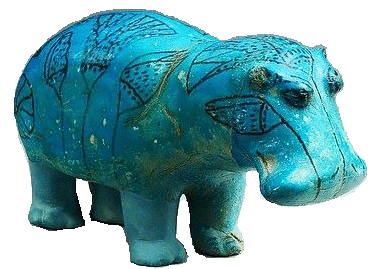 |
| real-time |
現実の時間 |
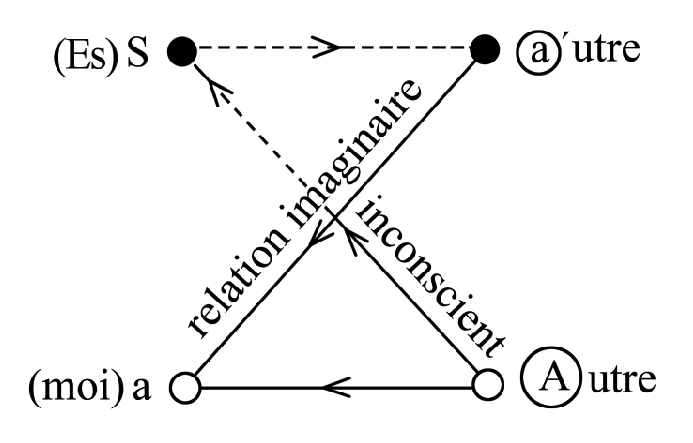 |
| Quantified Self, QS |
量化された自己 「量化された自己」"The quantified self refers both to the cultural phenomenon of self-tracking with technology and to a community of users and makers of self-tracking tools who share an interest in “self-knowledge through numbers.” Quantified Self practices overlap with the practice of lifelogging and other trends that incorporate technology and data acquisition into daily life, often with the goal of improving physical, mental, and/or emotional performance.The widespread adoption in recent years of wearable fitness and sleep trackers such as the Fitbit or the Apple Watch, combined with the increased presence of Internet of Things in healthcare and in exercise equipment, have made self-tracking accessible to a large segment of the population." -Wiki. |
https://quantifiedself.com/ |
| qualitative and
quantitative approaches |
質的そして量的アプローチ |
 |
| Big Data |
ビッグデータ |
 |
| Strava. |
ストラーヴァ (→) |
 |
| geolocative
tracking |
地理的なアクセス分析 geolocation, |
 |
| ethnographic
fieldwork |
民族誌的(エスノグラフィー的)フィールドワーク. |
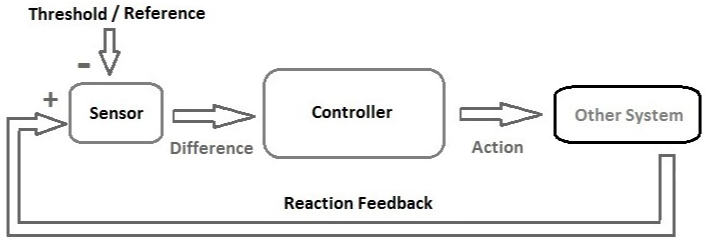 |
| 'careful' or
'friendly' |
「世話をしてくれる」と「友人のようだ」
の違い |
 |
| Culture, and/or
cultures |
文
化(culture, Culture, cultures) |
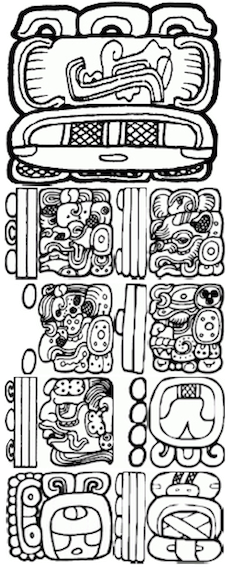 |
| mobile media or
social media |
モバイル・メディアと社会的メディア |
 |
| Sherry Turkle |
シェリー・タークル(人物名) スマートフォン・ユーザーのナルシズム化と新しい孤独の 誕生. |
 |
| singularity |
シンギュラリティ →シンギュラリティ時代における宗教. |
 |
| past and present,
and also future |
過去と現在、して未来 |
 |
| digital ethnography |
デジタル・エスノグラフィー Digital ethnography has many names: virtual ethnography, online ethnography, cyber-ethnography, or even netnography. A relatively new subfield within the social sciences, it studies the cultural and social domains of human interaction through the Internet technologies they use. This can mean studying “online” fandoms, gamer communities, and virtual worlds, but it can also mean studying how “offline” groups—such as social justice movements, ethnic diasporas, and faith communities—use Internet technologies." |
 |
| fieldwork in
cyberspace |
サイバースペース上のフィールドワーク
(Digital Ethnography) "Digital ethnography has many names: virtual ethnography, online ethnography, cyber-ethnography, or even netnography. A relatively new subfield within the social sciences, it studies the cultural and social domains of human interaction through the Internet technologies they use. This can mean studying “online” fandoms, gamer communities, and virtual worlds, but it can also mean studying how “offline” groups—such as social justice movements, ethnic diasporas, and faith communities—use Internet technologies." |
 |
| cyberspace | サイバー・スペース → "Cyber-body and/or Body in Cyber space" |
 |
| Big Data ethics |
ビッグデータ倫理 |
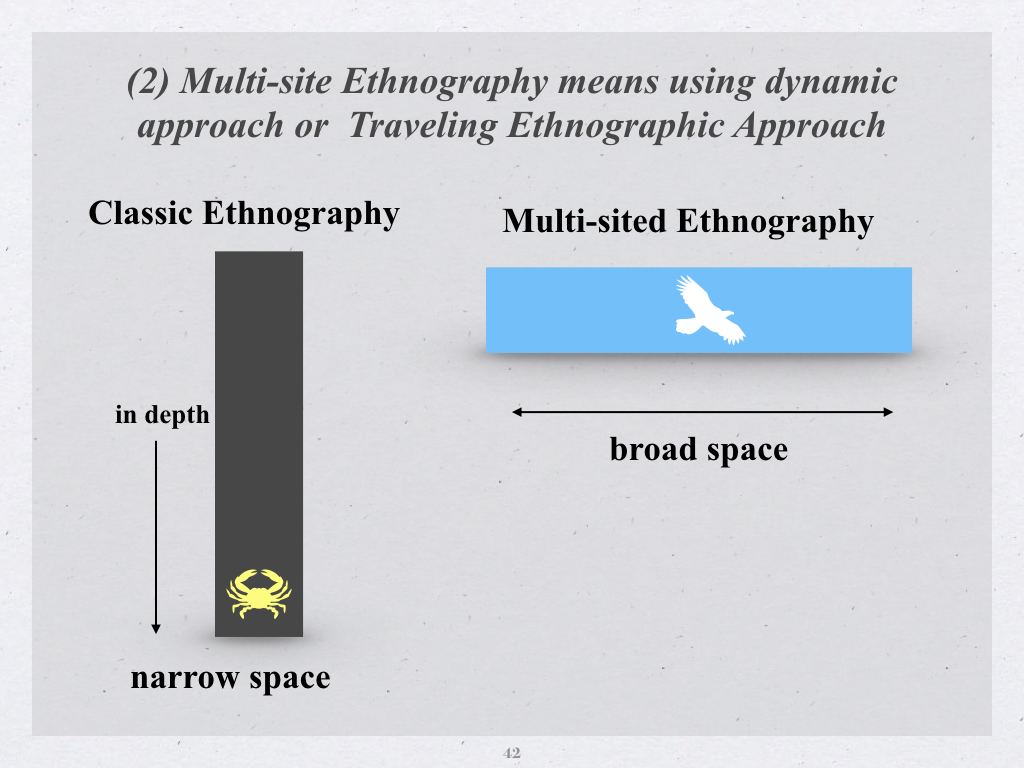 |
| thick description |
厚い記述 →「ギアーツの「厚い記述」のメタファーの意味を考える」 |
 |
| computational
quantitative |
コンピューター量化 |
 |
| objectivity and
subjectivity |
客観性と主観性 |
 |
| Sentiment analysis |
感情分析、情動分析 "Sentiment analysis (also known as opinion mining or emotion AI) refers to the use of natural language processing, text analysis, computational linguistics, and biometrics to systematically identify, extract, quantify, and study affective states and subjective information. Sentiment analysis is widely applied to voice of the customer materials such as reviews and survey responses, online and social media, and healthcare materials for applications that range from marketing to customer service to clinical medicine." - wiki. |
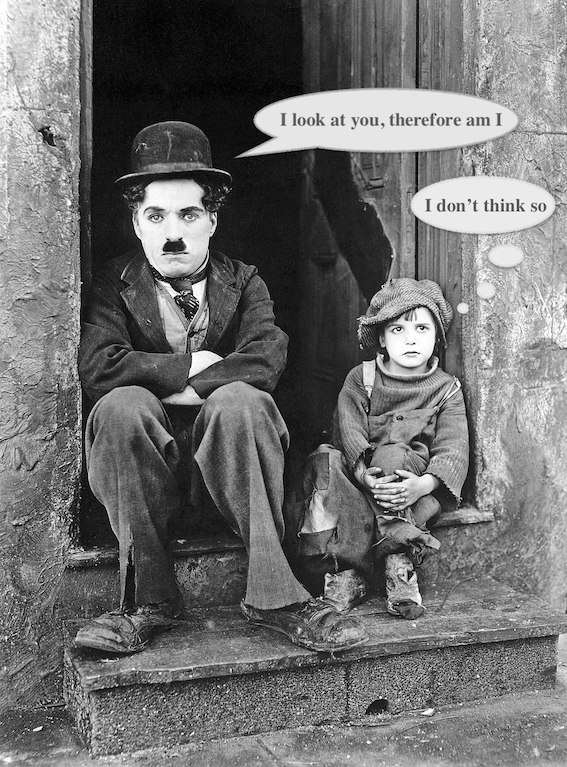 |
| text and
inter-textuality |
テキストと間テキスト性、テキストとイン
ターテクスチュアリティ |
 |
| Web 2.0 |
ウェブ2.0 "Web 2.0 (also known as Participative (or Participatory) and Social Web) refers to websites that emphasize user-generated content, ease of use, participatory culture and interoperability (i.e., compatible with other products, systems, and devices) for end users./ The term was invented by Darcy DiNucci in 1999 and later popularized by Tim O'Reilly and Dale Dougherty at the O'Reilly Media Web 2.0 Conference in late 2004. The Web 2.0 framework specifies only the design and use of websites and does not place any technical demands or specifications on designers. The transition was gradual and, therefore, no precise date for when this change happened has been given." - wiki. |
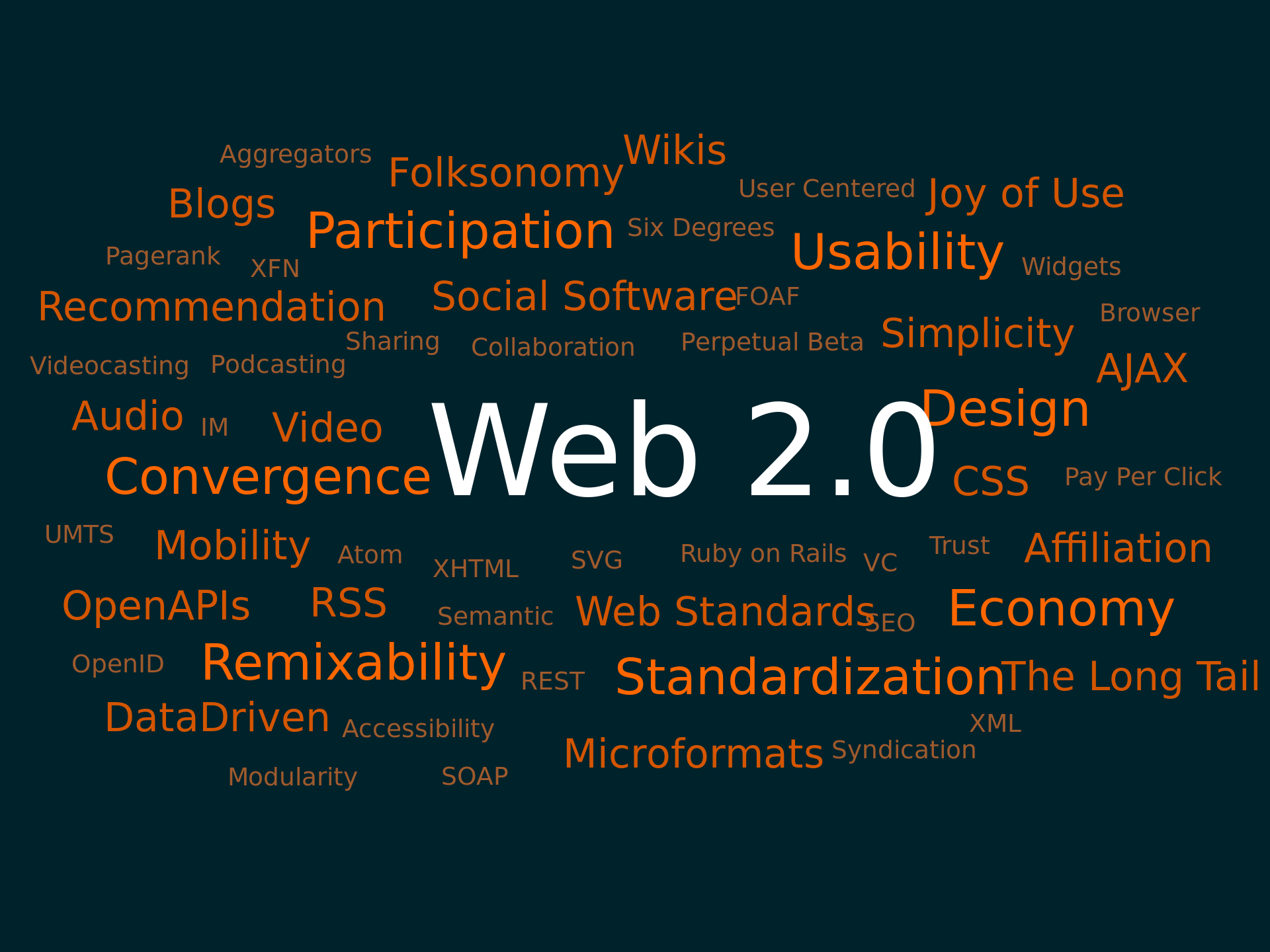 |
| surveillance |
検閲、監視 →「ビッグデータとの戦い方/ビッグデータの飼い慣らし方」freindly surveillance and care-at-a-distance (p.87-); 個人利用の監視や失せ物追跡 (p.95) |
 |
| mobile apps |
モバイル・アプリ datability, platformability, |
 |
| human-centerd
research |
人間中心の研究 |
 |
| mundane |
世俗的な、ありふれた |
 |
| MIMAMORI map |
「みまもりマップ」(日本語) digital OMAMORI, |
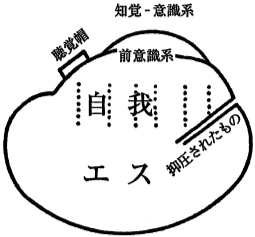 |
| cutural
intimacy |
文化的親密性 "In the third edition of this important and influential book, Michael Herzfeld revisits the idea of `cultural intimacy'. The chapters examine a range of topics touching on the relationship between state and citizen, and the notion of `national character'. Herzfeld provides a developed theoretical framework and additional clarification of core concepts such as disemia, social poetics and structural nostalgia. The text has been fully updated in light of recent scholarship and events, including comment on Greece and the European Union. There is new material drawn from regions such as Thailand and China, and further consideration of religious intimacy and its impact on cities. The book improves our understanding of how states, societies and institutions function and illustrates the relevance of anthropology to contemporary issues such as globalization, censorship, ethnic conflict and nationalism." - Nielsen BookData. |
Herzfeld, 1997. |
| non-disclosure |
開示しないこと |
 |
| sharing |
シェア、シェアする |
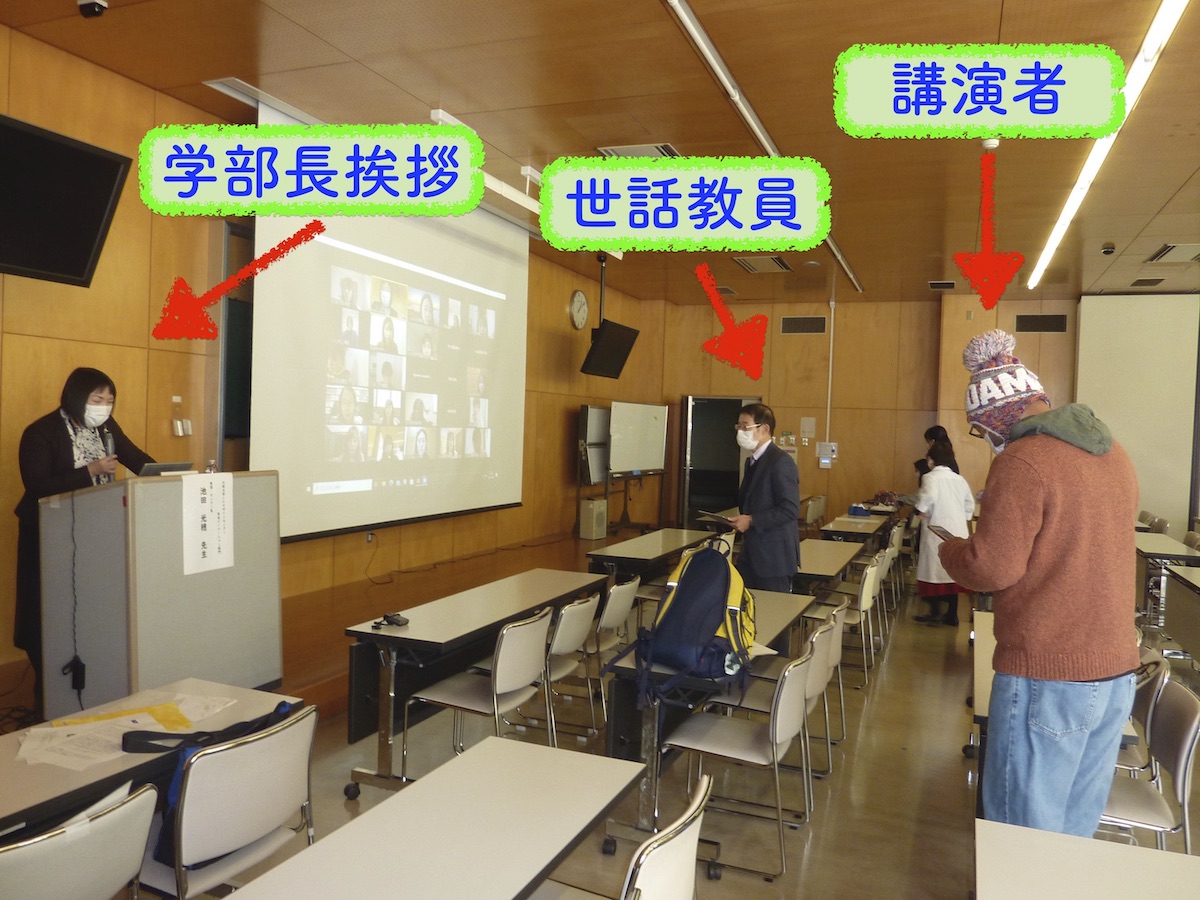 |
| mobile art, art |
モバイルアート、モバイル芸術 |
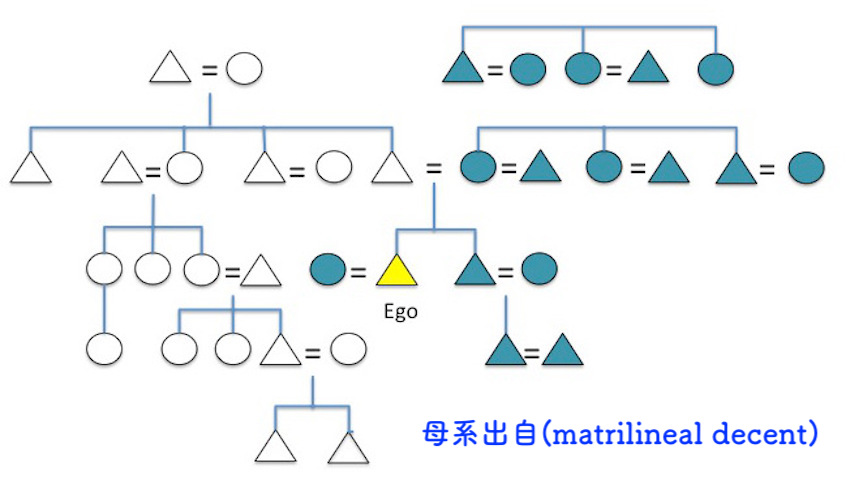 |
| paralingustics |
パラ言語学 EMOJI, sticker, stamp, |
 |
| emotion |
感情 emotion-at-a-distance, |
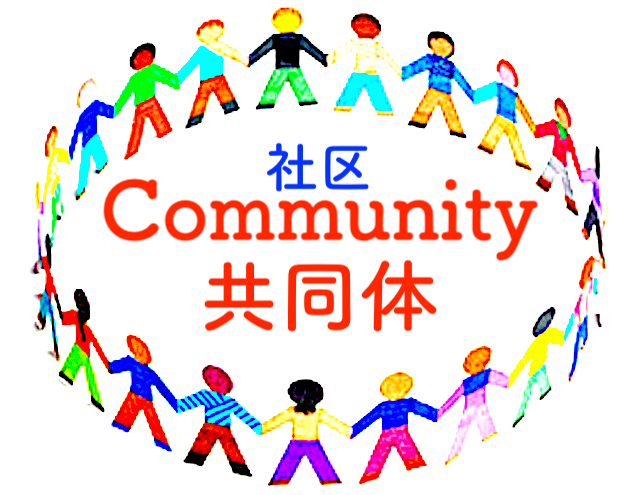 |
| QQ International. |
QQインターナショナル https://www.imqq.com/ , |
 |
| game, gaming |
ゲーム Pokemon GO, |
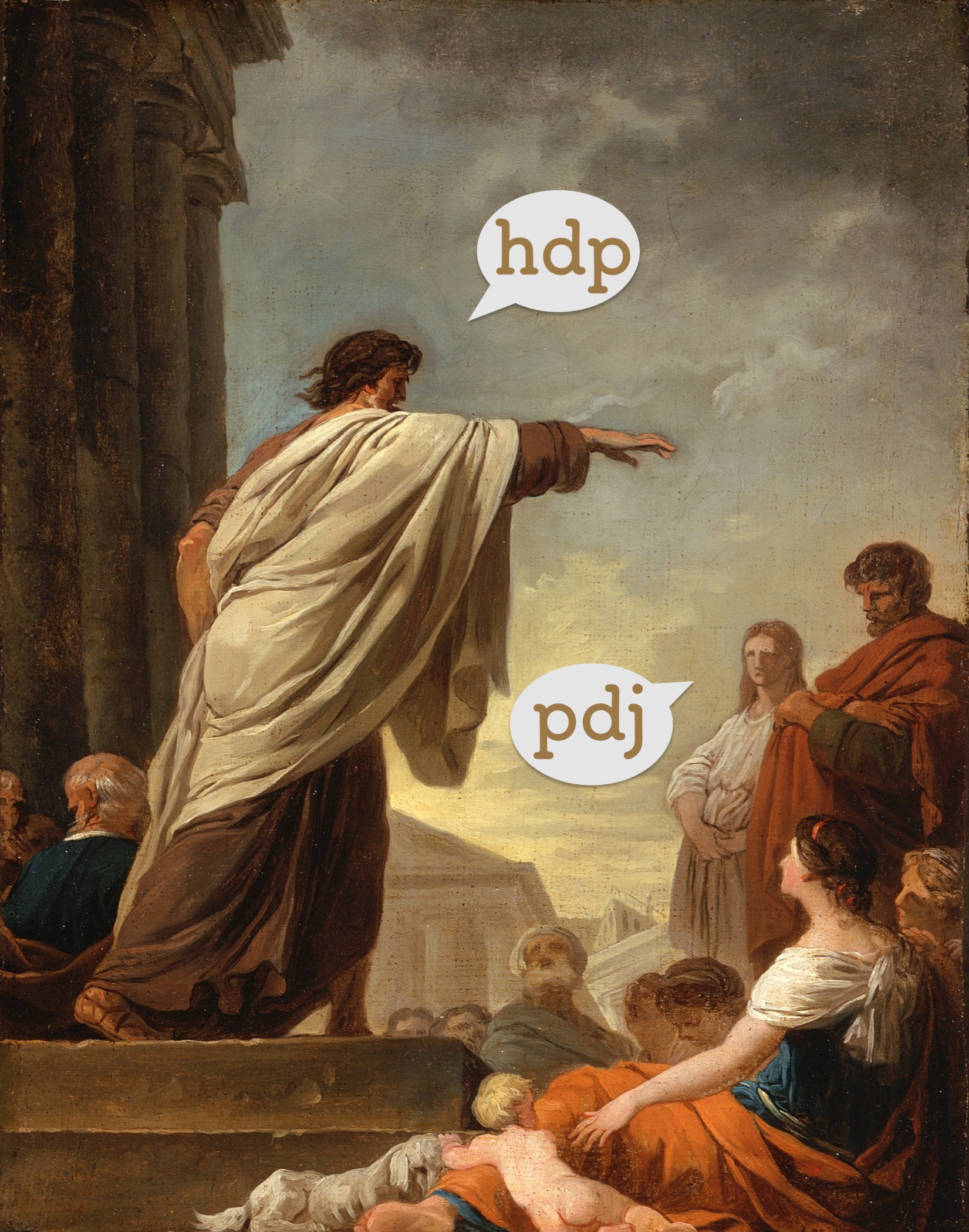 |
| influecer,
followers |
インフルエンサー |
 |
| FURIMA-APURI |
フリマ・アプリ(日本語) FURIMA-APURI (Apps for e-commerce) |
 |
| bonpon511 (Pon and
Bon) |
ボンポン511 bonpon511 in Instagram |
 |
| ※※※※ |
※※※※※※※※ | ※※※※ |
| Cyberwarfare |
サイバー戦争 "Cyberwarfare is the use of technology to attack a nation, causing comparable harm to actual warfare. ‘Cyberwarfare’ does not imply scale, protraction or violence which are typically associated with the term ‘war’.There is significant debate among experts regarding the definition of cyberwarfare, and even if such a thing exists.The term ‘Cyberwarfare’ is a misnomer, to date no offensive cyber actions could be described as ‘war’. Offensive cyber actions, such as those in Estonia in 2007, Georgia in 2008, Iran in 2010, North Korea have occurred in the context of international relations, only resulting in condemnation and denial by sides." - Wiki. |
 |
| Network-warefare |
ネットワーク戦争 "Network-centric warfare, also called network-centric operations or net-centric warfare, is a military doctrine or theory of war pioneered by the United States Department of Defense in the 1990s./ It seeks to translate an information advantage, enabled in part by information technology, into a competitive advantage through the robust computer networking of well informed geographically dispersed forces."- Wiki. |
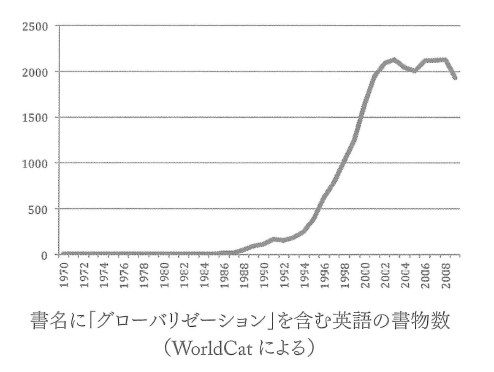 |
| virtual-real
interlinks structure |
仮想-現実のリンク構造 ・ ネット戦争やサイバー戦争の概念が、当 初は、情報戦争のひとつと思われていたことから、より高度で、リアルなものへと影響力を深め、戦争の本質を変えてゆくこと。例えば、北朝鮮は、かつては精 巧なドルの贋金(fake-real)を印刷して、外貨調達をおこなっていたが、その後は国際通貨や証券取引所などにハッキング攻撃をしかけ、マネーを移 動させたり、ロンダリング行為を通して、外貨の移動を隠す戦術をとるようになる。ロシアは、単に軍事情報をアメリカ国内から得るだけでなく、アメリカの選 挙戦などに豊富な諜報資源を使って、介入することが多くなっていく。それと同じように、ネット戦争やサイバー戦争では、敵からのジャミング(撹乱)を防 ぎ、逆に敵側に混乱をおこさせるのかについて傾注する。また、GPSやドローン偵察の技術などを組み合わせて精密攻撃をさらに洗練させる。など、VRとリ アルとの間の組み合わせの精巧さが、今日のネット戦争やサイバー戦争の現実である。今や、独裁者もテロリストも、あるいは民主化運動の活動化も、ネット戦 争やサイバー戦争の技術的革新の恩恵に負わない瞬間はない。 |
 |
| online battle |
オンラインでの戦い、オンラインバトル |
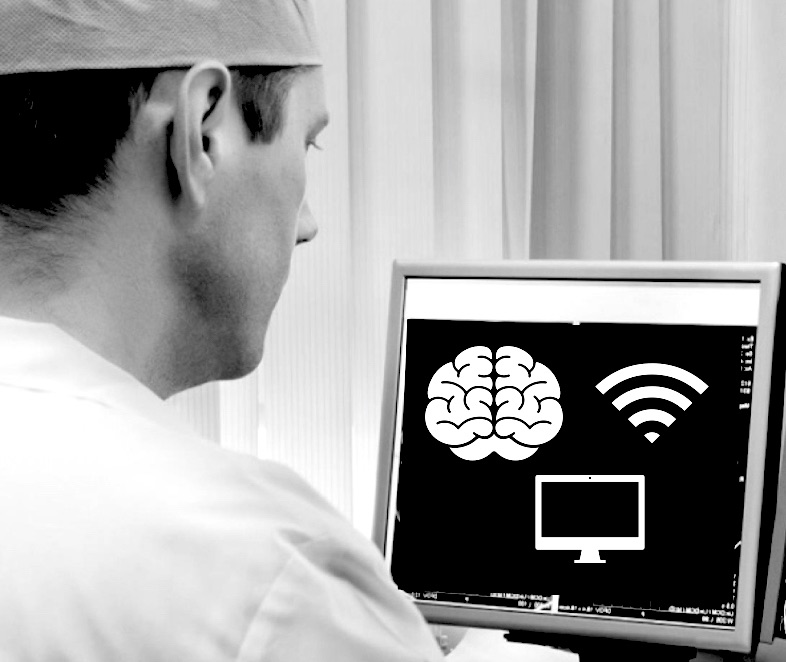 |
| fire wall |
ファイアー・ウォール |
 |
| the Strategic
Communications Centre, by NATO |
戦略コミュニケーションセンター
(NATO) |
 |
| meme |
ミーム 文化を伝達する単位。人の心から心へと伝達や複製される自己複製子(replicator)のこと(つまり脳内の情報の単位)。遺伝子と同様、 ミームは「進化する」と主張されている。(→ Internet Meme) |
 |
| Pepe the Frog |
カエルのぺーぺ Pepe the Frog (/ˈpɛpeɪ/) is an Internet meme. A green anthropomorphic frog with a humanoid body, Pepe originated in a comic by Matt Furie called Boy's Club. It became an Internet meme when its popularity steadily grew across Myspace, Gaia Online and 4chan in 2008. By 2015, it had become one of the most popular memes used on 4chan and Tumblr. Different types of Pepe include "Sad Frog", "Smug Frog", "Angry Pepe", "Feels Frog", and "You will never ..." Frog. Since 2014, "Rare Pepes" have been posted on the (sarcastic) "meme market" as if they were trading cards." - Wiki. |
 |
| Internet Meme | インターネット・ミーム "An Internet meme, commonly known as simply a meme (/miːm/ MEEM), is an activity, concept, catchphrase, or piece of media that spreads, often as mimicry or for humorous purposes, from person to person via the Internet. An Internet meme usually takes the form of an image (traditionally an image macro), GIF or video. It may be just a word or phrase, sometimes including intentional misspellings, (such as in lolcats) or corrupted grammar, as in doge and "All your base are belong to us". These small movements tend to spread from person to person via social networks, blogs, direct email, or news sources. They may relate to various existing Internet cultures or subcultures, often created or spread on various websites. Fads and sensations tend to grow rapidly on the Internet because the instant communication facilitates word of mouth transmission. Some examples include posting a photo of people lying down in public places (called "planking") and uploading a short video of people dancing to the Harlem Shake."- Wiki. |
Tarumi_Meme |
| memetics |
ミーム学 |
 |
| power of virality |
(ウィルス的な)拡散力(p.192) |
 |
| hacktivism |
ハクティビズム(hacktivism)
とは、アクティビズム(activism, 積極行動主義)とハック(hack)を組み合わせた造語. "In Internet activism,
hacktivism or hactivism
(a portmanteau of hack and activism) is the use of technology to
promote a political agenda or a social change.With roots in hacker
culture and hacker ethics, its ends are often related to the free
speech, human rights, or freedom of information movements." -Wiki. |
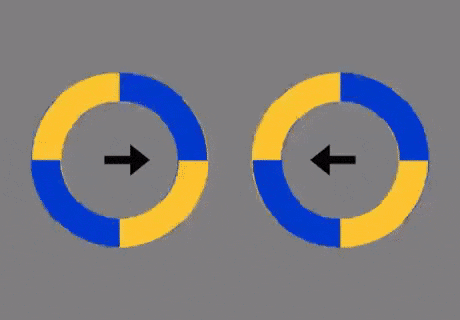 |
| reality |
→「様々なリアリティついて」「ポスト・ナイチンゲールの思想」 |
 |
| ten thesis on
LikeWars |
いいね戦争の10のテーゼ(pp.39
-) 1. ISISのリクルートとトランプの大統領選の共通点にある「バイラルメソッド」 2. インタネットの成熟と老化(劣化)を考えよ。あるいは戦争と政治の関係。 3. ネットを「戦場」と見ることの可能性と限界 4. ネットは戦争の方法を根本的に変えた 5. ネットは戦争における「勝利の概念」を根本的に変えた 6. ネットはいいね戦争における「参加の概念」を変えた 7. ネットはプロパガンダの概念を変えた 8. ネットは世俗世界における「真実」の概念をかえた(宗教や聖的世界は?) 9. プライバシーとクラウド(あるいはビッグデータ)の位相を再考する必要がある。 10. 市民的自由の概念、民主主義の再考 |
・ゲッベルスの宣伝術 ・戦争と政治の密着化 ・ジョナサン・モレノ『操作される脳』ファンサイト ・ネガティブなメディア・ソーシャルデザイン ・軍事的インテリジェンスの人類学序説 ・"Open-source intelligence (OSINT) " ・デュアルユース・テクノロジー ・ナチス医学関係者との戦争犯罪と戦後の科学研究の継続性と断続性 ・ ・ |
| nervous system |
The Nervous System, by Michael
T. Taussig. |
 |
| Media-Mix Method |
メディア・ミックス手法 |
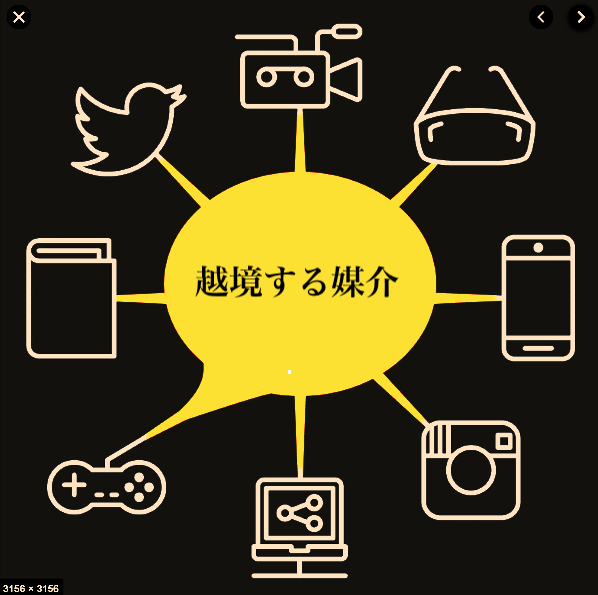 |
| FaceBook and
Narcissism |
フェイスブックとナルシシズム |
 |
| online soldier |
オンライン兵士、オンライン・ソルジャー online soldierでググると"Indian Army Recruitment 2019-2020 NCC 47th Special Entry Scheme Posts Online Application"が検索で引っかかる |
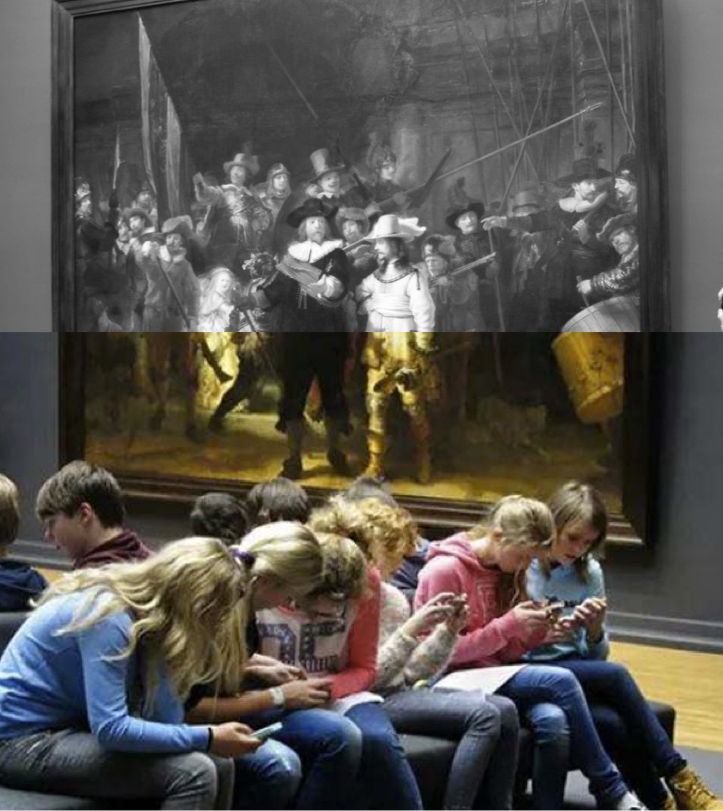 |
| open-source
intelligence |
オープン・ソース・インテリジェンス "Open-source intelligence (OSINT) is data collected from publicly available sources to be used in an intelligence context.In the intelligence community, the term "open" refers to overt, publicly available sources (as opposed to covert or clandestine sources). It is not related to open-source software or collective intelligence." - #wiki. |
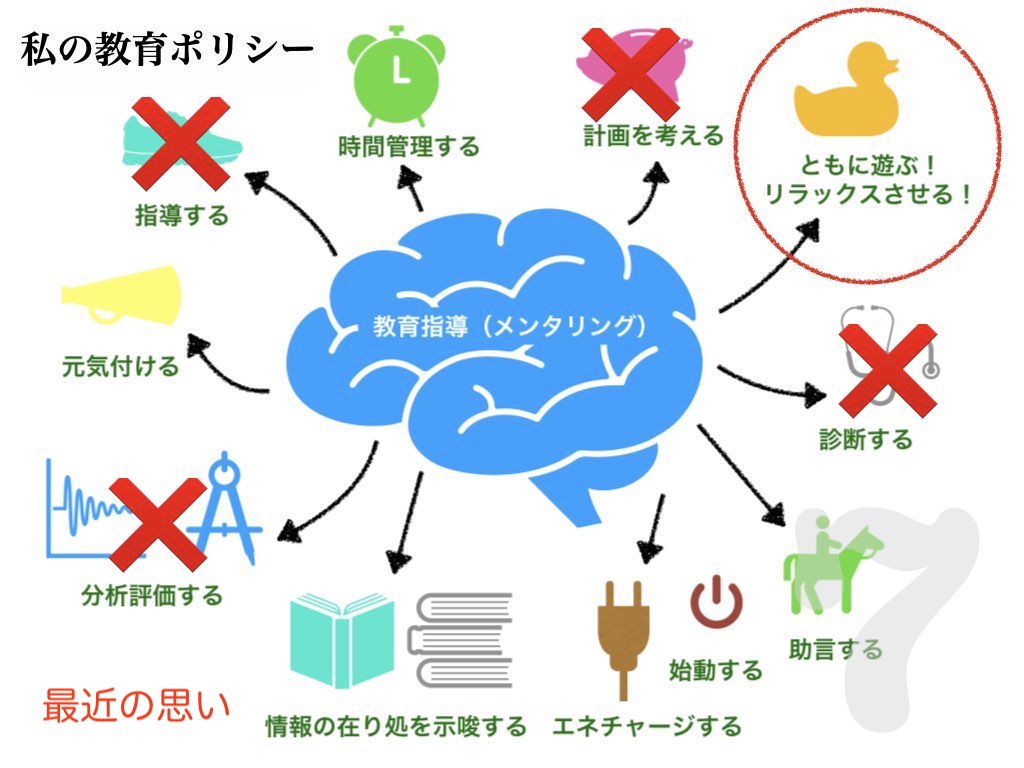 |
| The dark web The deep web The Surface Web |
ダーク・ウエブ、ディープ・ウェブ、サー
フィス・ウエブ "The dark web is the World Wide Web content that exists on darknets, overlay networks that use the Internet but require specific software, configurations, or authorization to access.[1][2] The dark web forms a small part of the deep web, the part of the Web not indexed by web search engines, although sometimes the term deep web is mistakenly used to refer specifically to the dark web.[3][4][5][6][7]" - #Wiki. *** "The deep web,[1] invisible web,[2] or hidden web[3] are parts of the World Wide Web whose contents are not indexed by standard web search-engines. The opposite term to the deep web is the "surface web", which is accessible to anyone/everyone using the Internet.[4] Computer-scientist Michael K. Bergman is credited with coining the term deep web in 2001 as a search-indexing term.[5]" #Wiki. *** "The Surface Web (also called the Visible Web, Indexed Web, Indexable Web or Lightnet)[1] is the portion of the World Wide Web that is readily available to the general public and searchable with standard web search engines. It is the opposite of the deep web, the part of the web not indexed by a web search engine.[2] The Surface Web only consists 10 percent of the information that is on the internet.[3] The Surface Web is made with a collection of static pages. These are Web pages that are in a server, available to be accessed by any search engine.[4]" - #Wiki. |
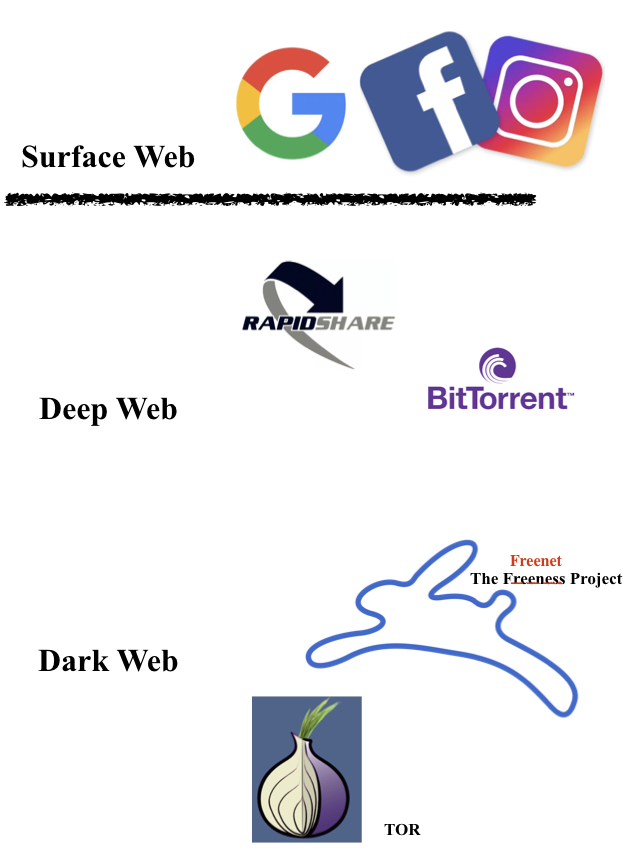 |
| Internet meme |
インタネット・ミーム "An Internet meme, more commonly known simply as a meme (/miːm/ MEEM), is a type of meme that is spread via the Internet, often through social media platforms. Traditionally, a prominent form of such memes consisted of image macros paired with a concept or catchphrase. In some cases, these memes used words and phrases contain intentional misspellings (such as lolcats) or incorrect grammar (such as doge and "All your base are belong to us"). However, in more recent times, memes have evolved from simple image macros with text to more elaborate forms such as challenges, GIFs and viral sensations. These small movements tend to spread from person to person via social networks, blogs, direct email, or news sources. They may relate to various existing Internet cultures or subcultures, often created or spread on various websites. Fads and sensations tend to grow rapidly on the Internet, because the instant communication facilitates word of mouth transmission. Examples of such fads include posting a photo of people lying down in public places (called "planking") and uploading a short video of people doing the Harlem Shake. “Dank” memes have emerged as a new form of image-macros, defined by the inclusion of more surreal and nonsensical themes." - Internet meme. |
スマートメディアユーザーのナルシズム化と新しい孤独の誕生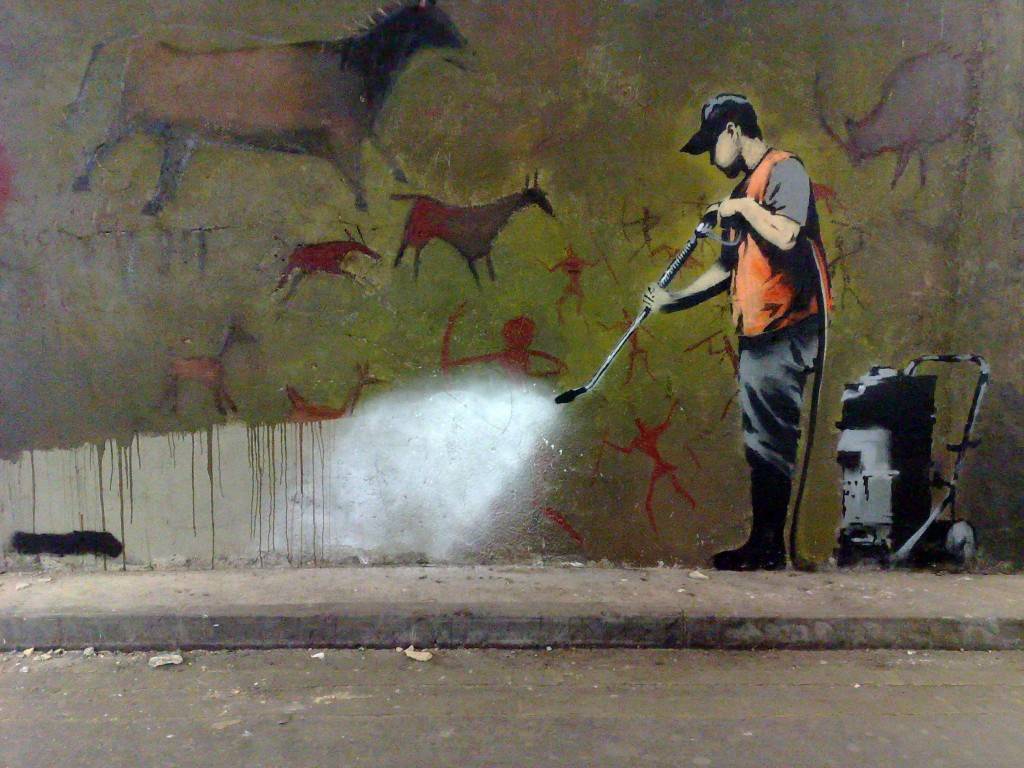 |
| Digital Ethnography |
デジタル・エスノグラフィー "Digital ethnography has many names: virtual ethnography, online ethnography, cyber-ethnography, or even netnography. A relatively new subfield within the social sciences, it studies the cultural and social domains of human interaction through the Internet technologies they use. This can mean studying “online” fandoms, gamer communities, and virtual worlds, but it can also mean studying how “offline” groups—such as social justice movements, ethnic diasporas, and faith communities—use Internet technologies." |
https://www.elon.edu/u/academics/percs/digital-ethnography/ |
| Herbert Marshall
McLuhan, 1911-1980 |
マーシャル・マクルーハン |
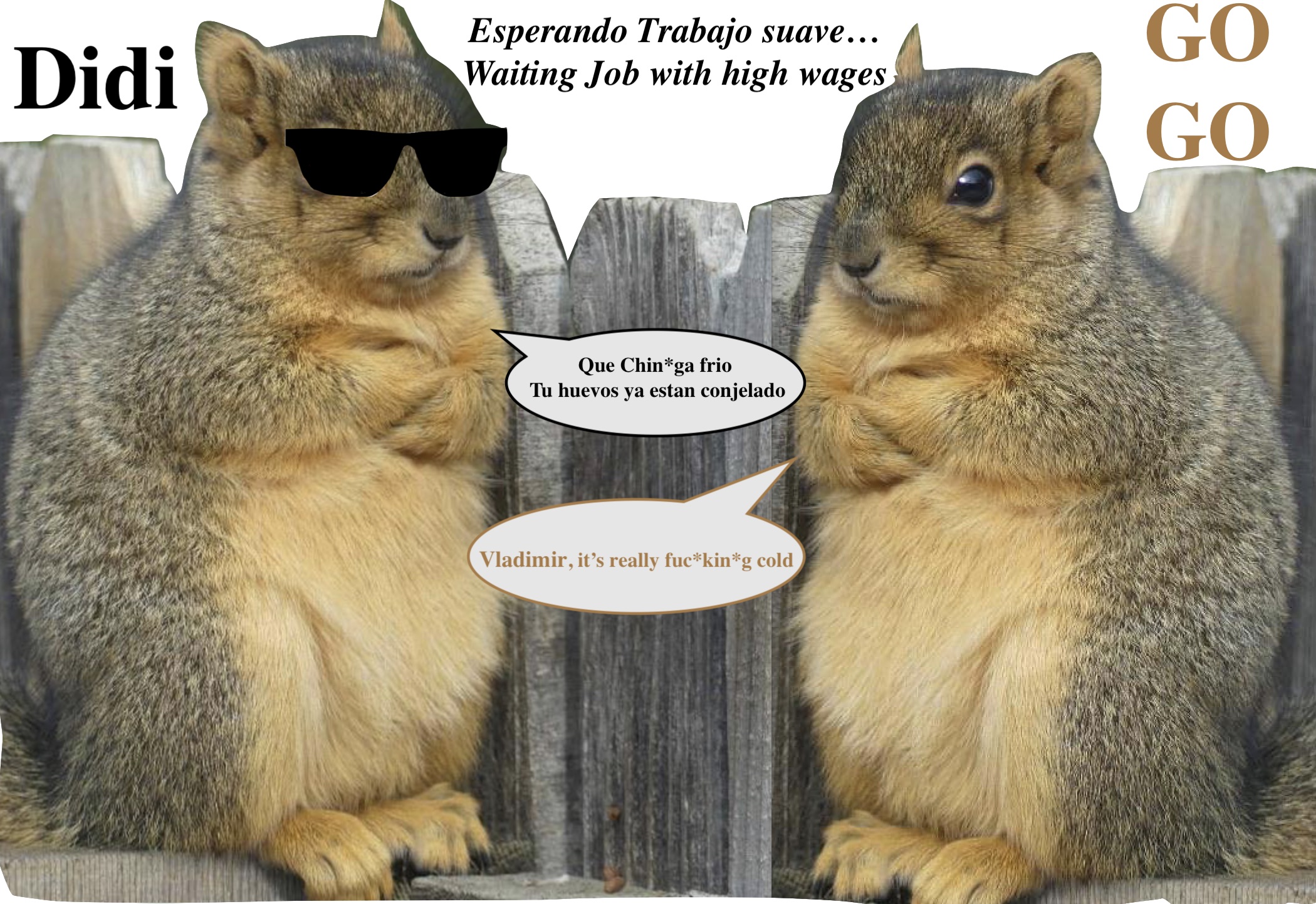 |
| Information
Ethics, Ethics of Information Processing |
情報倫理 情報倫理(information ethics)とは、情報の創造、組織、流通や配布・配信、利用などに関する一切の倫理規範(ethical standards)と道徳コード(moral codes )に関することがらのことである。 |
 |
| digital divide | デジタル・デバイド、デジタル格差 "A digital divide is any uneven distribution in the access to, use of, or impact of information and communications technologies (ICT) between any number of distinct groups, which can be defined based on social, geographical, or geopolitical criteria, or otherwise.[U.S. Department of Commerce, National Telecommunications and Information Administration (NTIA) 1995] The term digital divide was first coined by Lloyd Morrisett, when he was president of the Markle Foundation (Hoffman, et al., 2001). Traditionally considered to be a question of having or not having access, with a global mobile phone penetration of over 95%[2000-2003] it is becoming a relative inequality between those who have more and less bandwidth[4] and more or fewer skills."- Wiki-Digital divide. |
 |
| digital native |
デジタルネイティブ "The term digital native describes a person who has grown up in the information age, (rather than having acquired familiarity with digital systems as an adult, as a digital immigrant). Digital natives was meant to describe young people born in close contact with computers and the internet through mobile phones, tablets, and video games consoles.[1: Prensky, Marc (September 2001). "Digital Natives, Digital Immigrants Part 1". On the Horizon. 9 (5): 1–6.] The formula was used to distinguish them from “digital immigrants,” that is from people who were born before the advent of the internet and came of age in a world dominated by print and television.[2] Both terms were used as early as 1996 as part of the Declaration of the Independence of Cyberspace.[3] They are often used to describe the digital gap in terms of the ability of technological use among people born from 1980 onward and those born before.[4]"- https://en.wikipedia.org/wiki/Digital_native 「1996年2月にインターネット上の猥褻情報を規 制する Communications Decency Act(CDA, 通称・通信品位法)が米議会で可決されると、ジョン・ペリー・バーロウ(John Perry Barlow, 1947-2018)はスイス・ダボスにて A Declaration of the Independence of Cyberspace(サイバースペース独立宣言)を発表し、法案成立に抗議を行」う。2020 年の現在は、バーロウの能天気さは、1990年代のテクノユートピアの間抜けさ加減の好例としてよくあげられるらしい(→) |
 |
| Digital Health |
デジタルヘルス "Digital health is the convergence of digital technologies with health, healthcare, living, and society to enhance the efficiency of healthcare delivery and make medicines more personalized and precise. The discipline involves the use of information and communication technologies to help address the health problems and challenges faced by people under treatment. These technologies include both hardware and software solutions and services, including telemedicine, web-based analysis, email, mobile phones and applications, text messages, wearable devices, and clinic or remote monitoring sensors. Generally, digital health is concerned about the development of interconnected health systems to improve the use of computational technologies, smart devices, computational analysis techniques, and communication media to aid healthcare professionals and their clients manage illnesses and health risks, as well as promote health and wellbeing./ Digital health is a multi-disciplinary domain involving many stakeholders, including clinicians, researchers and scientists with a wide range of expertise in healthcare, engineering, social sciences, public health, health economics and data management."- wiki-Digital health. |
 |
| digital humanities |
デジタル人文学 Digital humanities (DH) is an area of scholarly activity at the intersection of computing or digital technologies and the disciplines of the humanities. It can be defined as new ways of doing scholarship that involve collaborative, transdisciplinary, and computationally engaged research, teaching, and publishing.[3] It brings digital tools and methods to the study of the humanities with the recognition that the printed word is no longer the main medium for knowledge production and distribution. - wiki-digital humanities |
 |
| digital
distributism |
デジタル分散主義 "Distributism is an economic theory asserting that the world's productive assets should be widely owned rather than concentrated... Distributism views both laissez-faire capitalism and state socialism as equally flawed and exploitative, favoring economic mechanisms such as cooperatives and member-owned mutual organizations as well as small businesses and large-scale competition law reform such as antitrust regulations. Some Christian democratic political parties have advocated distributism in their economic policies." - wiki-Distributism. |
 |
| Digital Barrack |
デジタルバラック |
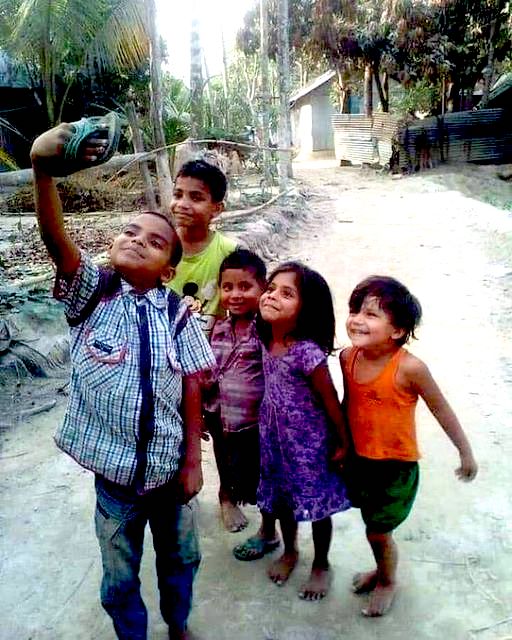 |
| Cyberpunk,
Cyber-Punk |
サイバーパンク Well, I don't think there was much to Cyberpunk as a literary phenomenon except the form, that was sort of deliberate.- William Gibson, "Conversations with William Gibson." Patrick A. Smith ed., Univ. Press of Mississippi, 2014. |
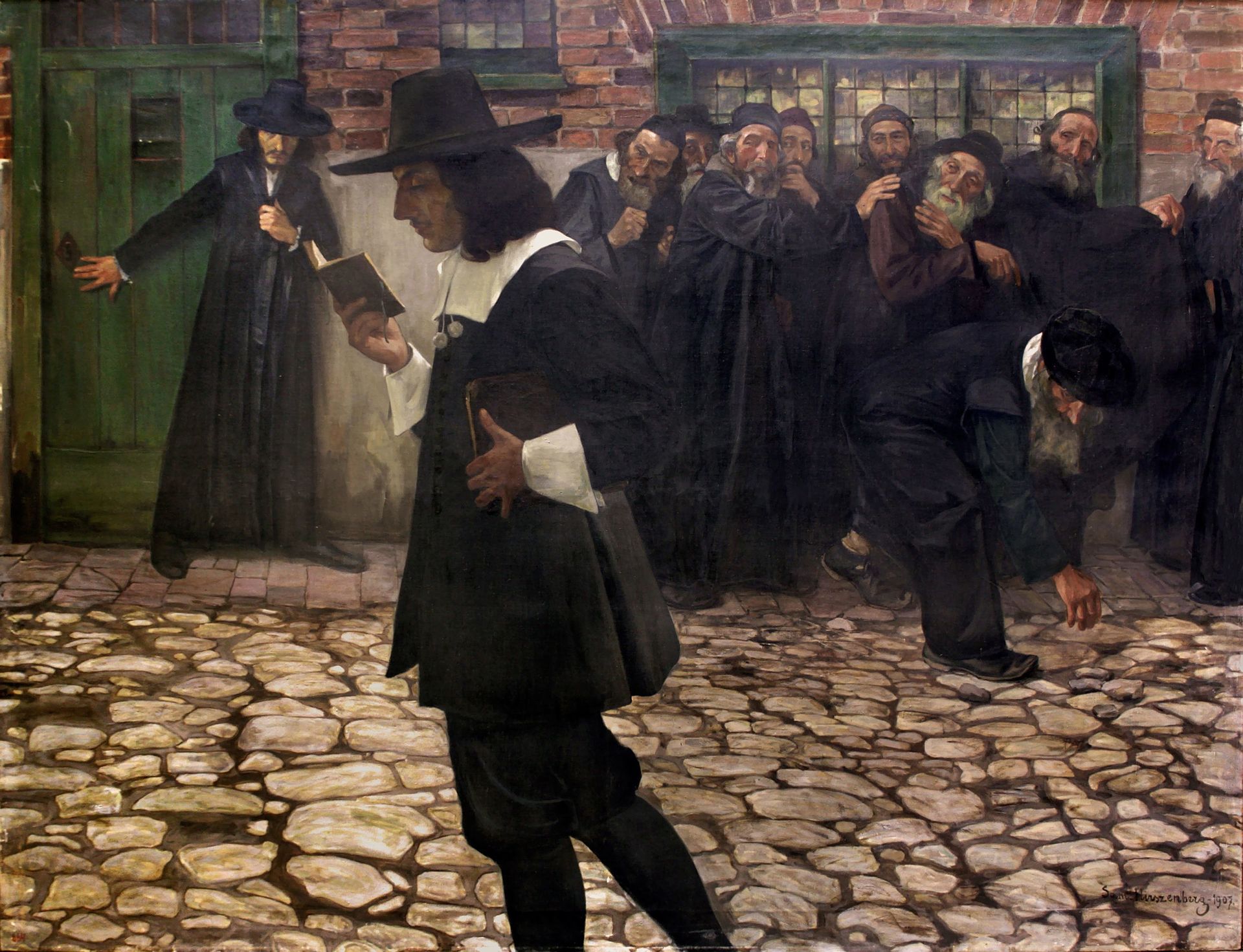 |
| Cyber space |
サイバー・スペース、電脳空間 "Cyberspace is a concept describing a widespread, interconnected digital technology. The term entered the popular culture from science fiction and the arts but is now used by technology strategists, security professionals, government, military and industry leaders and entrepreneurs to describe the domain of the global technology environment, commonly defined as standing for the global network of interdependent information technology infrastructures, telecommunications networks and computer processing systems. Others consider cyberspace to be just a notional environment in which communication over computer networks occurs.[1] The word became popular in the 1990s when the uses of the Internet, networking, and digital communication were all growing dramatically and the term cyberspace was able to represent the many new ideas and phenomena that were emerging.[2] " - Wiki. |
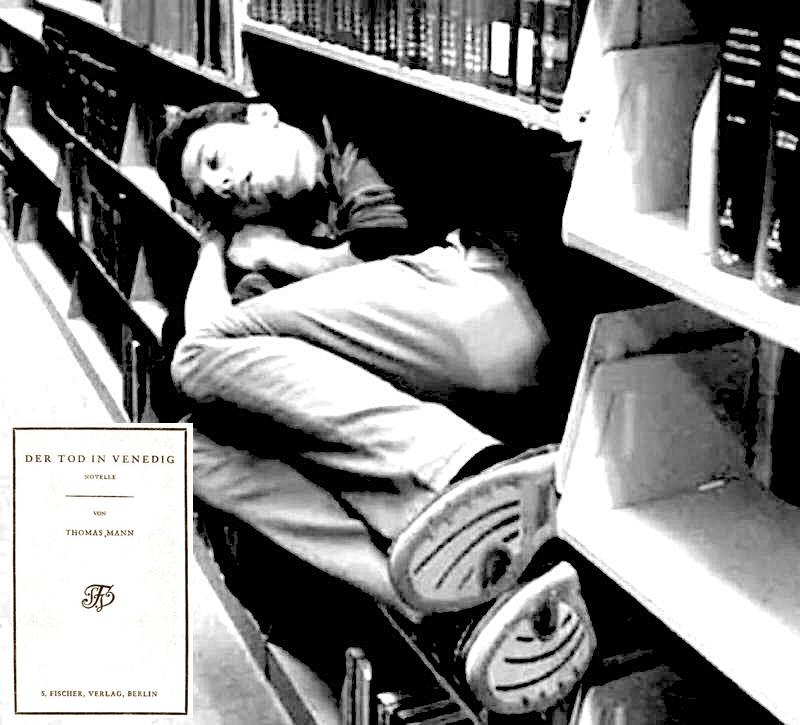 |
| Cyber-Religio,
Cyber-religion |
サイバー宗教(→Cybersectarianism) "Cybersectarianism is the phenomenon of new religious movements and other groups using the Internet for text distribution, recruitment, and information sharing." - Wiki. |
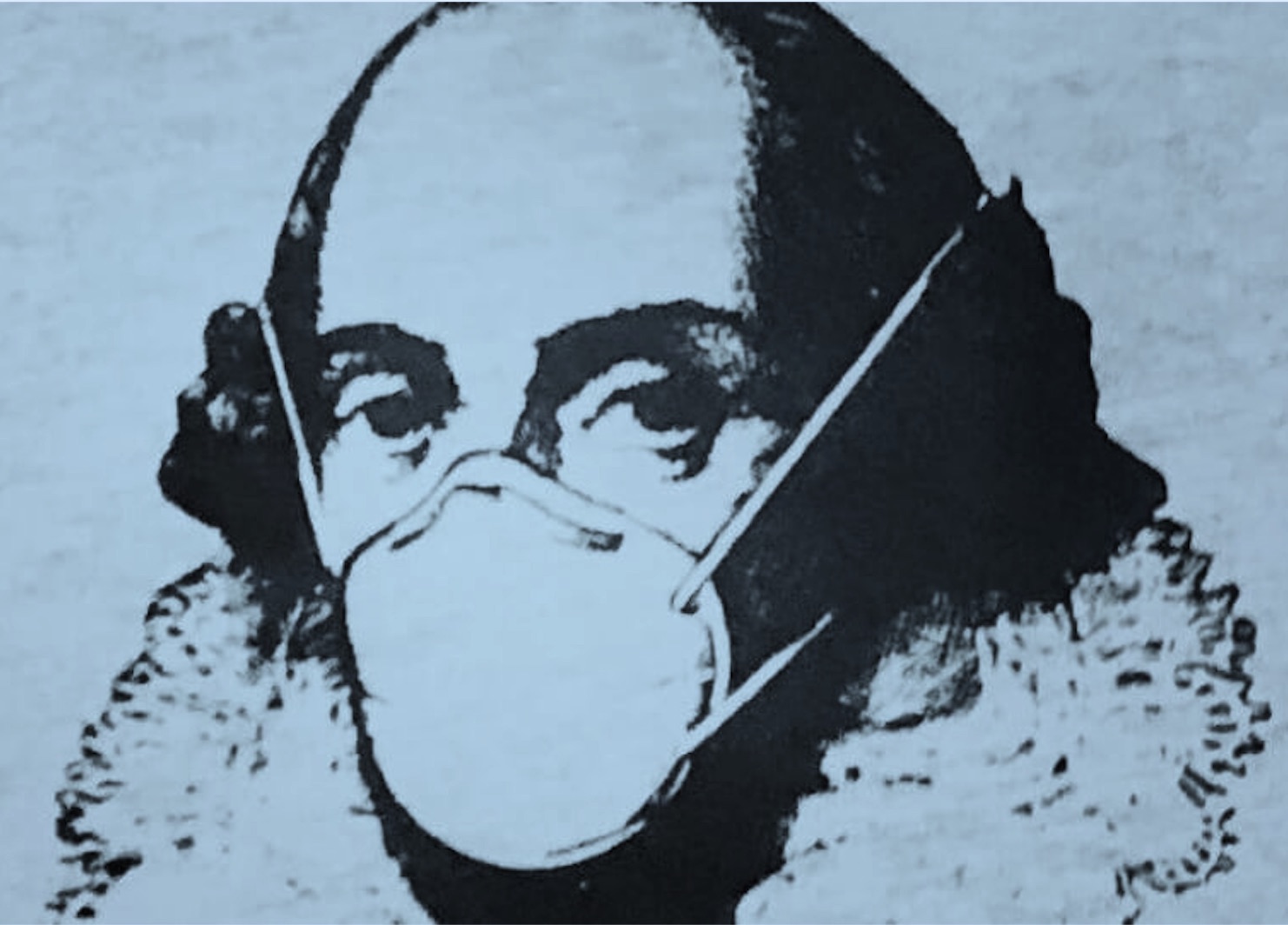 |
| Cyber-racism |
サイバーレイシズム、電脳人種主義 Cyber-racism is social phenomenon of racism in cyber-space. |
 |
| cyber-communiction |
サイバーコミュニケーション |
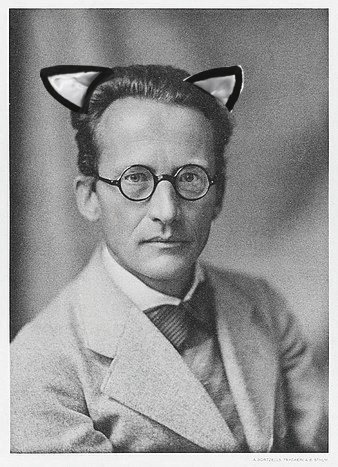 |
| exotic labyrinth |
Exotic labyrinth is in GenTarumi's Web pages. |
 |
| *****(your own
word) |
*****(your own explanation) | *****(your own graphics) |
リンク
文献
その他の情報


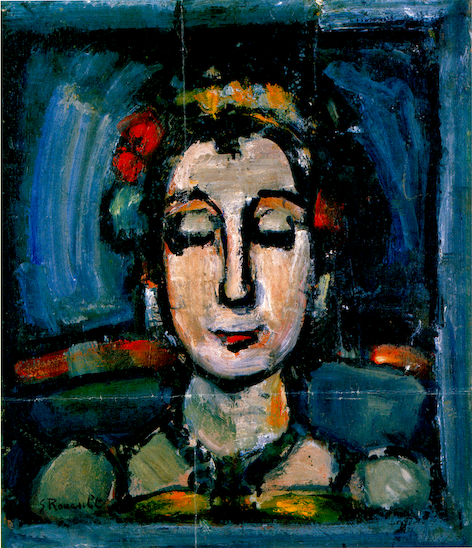

++
Copyleft,
CC, Mitzub'ixi Quq Chi'j, 1996-2099